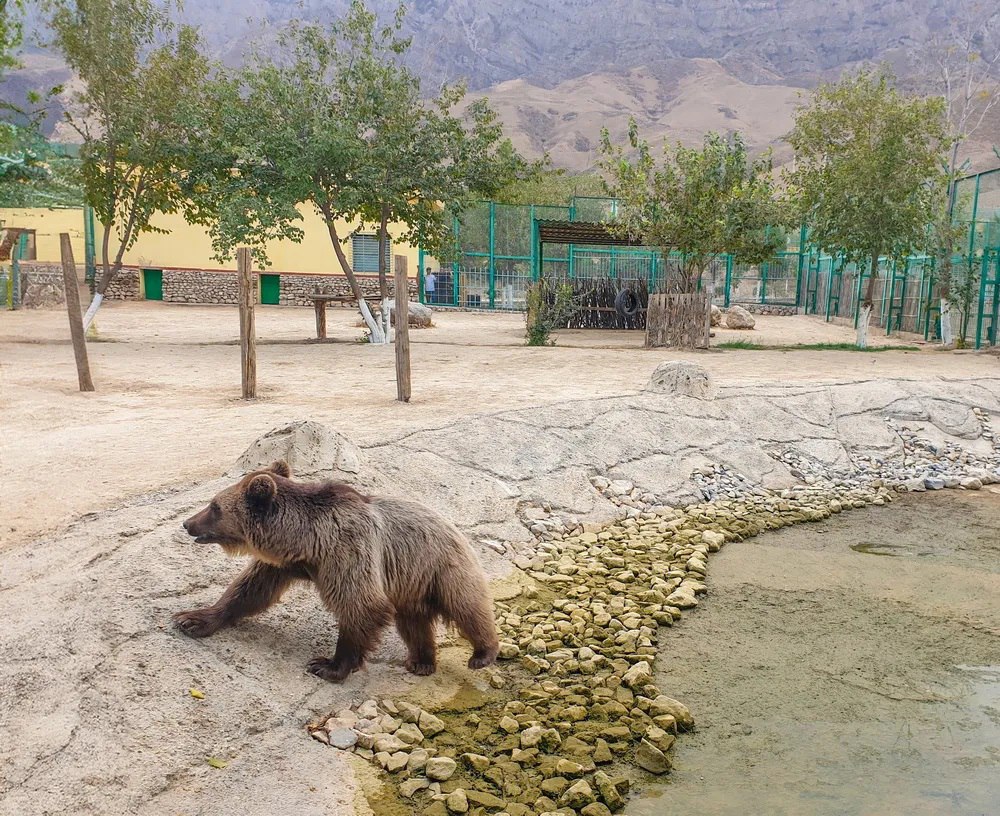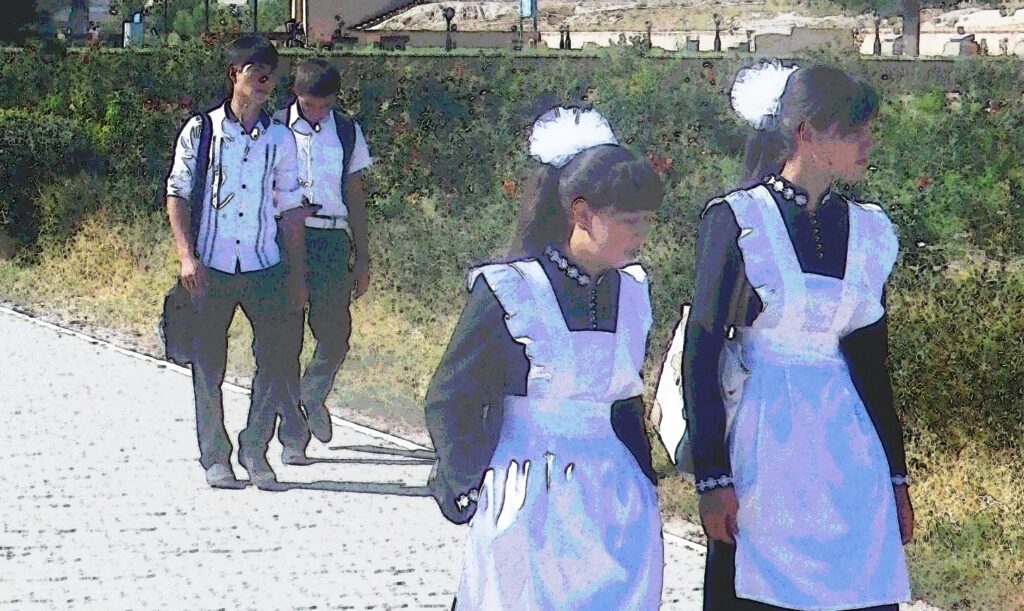The National Museum of Wildlife of Turkmenistan, known as the Ashgabat Zoo, has a new resident — a brown bear named Sumbar, transferred from the Volokolamsk Center of the Moscow Zoo. This bear is not an ordinary bear: earlier, as a donor, his blood saved the life of another female bear. This is a rare case because there are seven groups of bear blood, and the blood of Sumbar suited the sick animal.
The bear was given to the Ashgabat Zoo on the initiative of the Eurasian Regional Association of Zoos and Aquariums (EARAZA) in honor of the 33rd anniversary of Turkmenistan’s independence. Sumbar will have to adapt to a new place where comfortable conditions have been created for him in a spacious enclosure. Caring zookeepers have hidden food in different corners of the zoo’s territory so that the bear can show its instincts.
Currently, Sumbar is showing unexpected vegetarian preferences, favoring fruits and nuts. He is soon to be joined by a female brown bear named Aydere, also from the Moscow Zoo. Given that bears reach sexual maturity by age three and that Sumbar and Aydere are still “little,” they have time to adapt and become friends, with the prospect of starting a family in the future.
This case is unique because it is extremely rare for bears to become donors due to the difficulty of blood group compatibility. When veterinarians discovered that a sick bear cub had a serious illness requiring a blood transfusion, Sumbar’s blood matched perfectly. Thanks to this, the bear cub’s life was saved. This case attracted the attention of zoologists and veterinarians worldwide, and Sumbar gained heroic status among his subscribers and the center’s staff.








